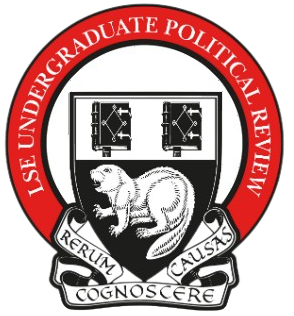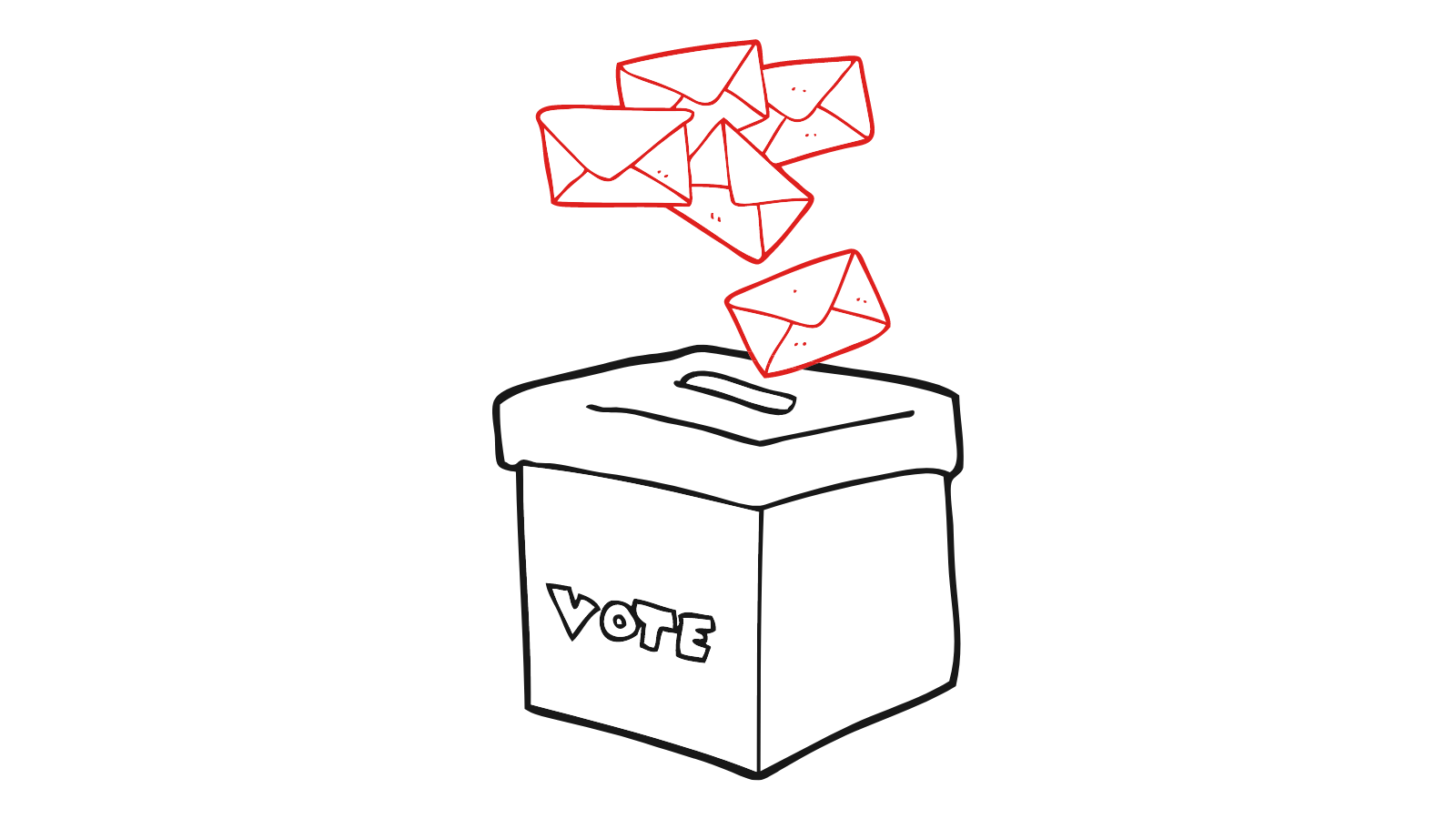Kimberley Chia, BSc. Politics and Economics ’21
Preference aggregation is a key tenet in the study of political economy. It determines how individual views and preferences are taken into account to derive the group choice, which is thereafter reflected in policy. This, in turn, is dependent on the structures of political institutions in a given country or community – for instance, the most commonly-encountered mechanism of preference aggregation: political elections.
When engaging in preference aggregation under any circumstances, there are several fundamental elements that come into play:
- A set of alternatives (eg. in the context of general elections, the participating political parties)
- Individuals with preferences over the set of alternatives (eg. individuals’ rankings of the political parties)
- A rule that aggregates individual preferences into a single outcome tantamount to the group choice (eg. majority rule).
Social Welfare Functions
The third aforementioned element (a rule of aggregation) is akin to a Social Welfare Function which is a process or rule which for each set of individual preference orderings over alternatives provides a corresponding social ordering of states. This essentially gives an expression to what a group wants.
Some common examples of social welfare functions include:
- Utilitarian: which considers the aggregate of individual utilities
- For two individuals x and y, this is denoted as W=u(x)+u(y), where W is the social welfare function
- Rawlsian: where there is greatest consideration for the utility/ preferences of the least well-off
- For two individuals x and y, this is denoted as W=min[u(x),u(y)]
Different social welfare functions are often underscored by various schools of political thought. For instance, the most widely-adopted system of governance, democracy, is somewhat guided by an interpretation of Jean-Jacques Rousseau’s notion of the general will (The Social Contract), whereby the outcome of a democratic process represents a “public and solemn declaration of the general will on an object of common interest“.
Separately, under a Condorcet Procedure (à la Marquis de Condorcet), a given alternative is a winning one (a Condorcet Winner) if it beats all other alternatives in a pairwise comparison.
The Condorcet Paradox
The Condorcet Paradox, also introduced by Marquis de Condorcet in the late 18th century, challenges the basis of majority rule and democracy.
The Condorcet Paradox posits that there may be a situation whereby even though each individual has rational preferences (that is, preferences that are complete and transitive), this may not hold for group preferences (with more than two alternatives offered). That is, collective preferences may cycle.
This is illustrated by the following example:
Let us assume that there exist three individuals, i ∈ {V1, V2, V3}, with rational preferences over three alternatives, a, b, c, and consider the following preference profiles:
| Ranking | V1 | V2 | V3 |
|---|---|---|---|
| Most preferred | a | b | c |
| b | c | a | |
| Least preferred | c | a | b |
This presents us with a situation whereby:
- A majority (V1 and V3) prefer a to b
- A majority (V1 and V2) prefer b to c
- A majority (V2 and V3) prefer c to a
In this case, majority rule leads the group preference relation to violate transitivity, since in terms of group preference, a > b > c > a: every alternative is beaten by some majority. In this instance, majority rule has produced preference cycles. Hence, even though individuals may have rational preferences, majority rule may not be an accurate representation of such preferences, when there are more than two alternatives.
We consider the applicability of the Condorcet Paradox in reality. An example of this is the 2016 Brexit Referendum, which presented British citizens with three key alternatives:
- Deal Brexit
- No-deal Brexit
- Remain
Based on polling data, there was a situation of a condorcet cycle, whereby:
Deal > Remain > No-deal > Deal
In this instance, there lacked a Condorcet winner since group preferences were intransitive: there was no majority for any alternative over any other alternative. As a result, then Prime Minister Theresa May was unable to get a deal through parliament for a significant amount of time, despite controlling the agenda.
As such, it is possible for a group of individuals, each with rational preferences, to produce collectively irrational results that are intransitive.
Arrow’s Impossibility Theorem (Arrow, 1951)
In 1951, economist Kenneth Arrow generalised the Condorcet Paradox via Arrow’s’ Theorem, which states that there exists no method (social welfare function) of aggregating individual preferences into a coherent group preference that can simultaneously satisfy his (four) minimal conditions. These four conditions are as follows:
- Universal Admissibility
- In the aggregation process, all rational preferences are considered, without restrictions on the domain.
- Independence from Irrelevant Alternatives
- That is, society’s choice over a and b as reflected by group preferences should not be is not affected by individual preferences over other alternatives, and should only depend on the individual preference ranking between a and b.
- Monotonicity
- Increasing a in an individual’s ranking cannot disadvantage a in the group ranking
- This condition is sometimes replaced by the pareto principle, which posits that if everyone weakly prefers one policy to another (eg. a to b), then the group ranking should prefer that policy (a) to another (b), or at least be indifferent.
- Non-dictatorship
- Society’s group’s preference cannot be determined or dictated by a single, distinguished individual’s preferences.
In fact, it is impossible to find any mechanism that aggregates preferences in a way that conditions 1 to 3 are satisfied without there being a dictator, thus violating condition 4. This serves to show that to justify democracy on the basis that it reflects the true will of the people is an untenable justification.
Borda Count:
The Borda count is an example of a violation of Arrovian Criteria:
Take 5 individuals i ∈ {V1, V2, V3, V4, V5}, who have to rank 5 alternatives, a, b, c, d & e. The score of each alternative is thus added up, with the ‘winner’ being the alternative with the lowest score.
Suppose that the individuals’ original preferences are:
| Ranking | V1 | V2 | V3 | V4 | V5 |
|---|---|---|---|---|---|
| 1st | a | a | a | c | e |
| 2nd | b | b | b | d | c |
| 3rd | c | c | c | e | d |
| 4th | d | d | d | b | b |
| 5th | e | e | e | a | a |
As such, the group preference is:
c (12) > a (13) > b (14) > d (17) > e (19),
where c is the winning alternative.
Now, suppose that V4 and V5 switch their rankings of b and d (highlighted by the asterisks):
| Ranking | V1 | V2 | V3 | V4 | V5 |
|---|---|---|---|---|---|
| 1st | a | a | a | c | e |
| 2nd | b | b | b | b* | c |
| 3rd | c | c | c | e | b* |
| 4th | d | d | d | d* | d* |
| 5th | e | e | e | a | a |
Now, the group ranking is:
b (11) > c (12) > a (13) > e (19) > d (20),
where b is the winning alternative.
Although the individuals have only switched their preferences over 3 sets of pairs: (b, d), (b, e) and (d, e), this has changed the overall ranking of (a, b), with b now being preferred by the group over a, as well as the ranking of (b, c), with b now being preferred by the group over c. This violates Arrow’s 2nd condition, the irrelevance of independent alternatives, since b now wins instead of c, even though no voter changed their preference over (b, c).
Therefore, societies have to look for mechanisms of preference aggregation which reconcile competing interests that will fall foul of Arrow’s framework, often entailing a somewhat restricted model. This also brings to mind Gibbard’s theorem (Gibbard, 1973), which states that every voting scheme is dictatorial, limited to one or two possible outcomes, or manipulable (that is, if the former two conditions are not satisfied) – implying that a fair and accurate preference aggregation system is mutually exclusive.




